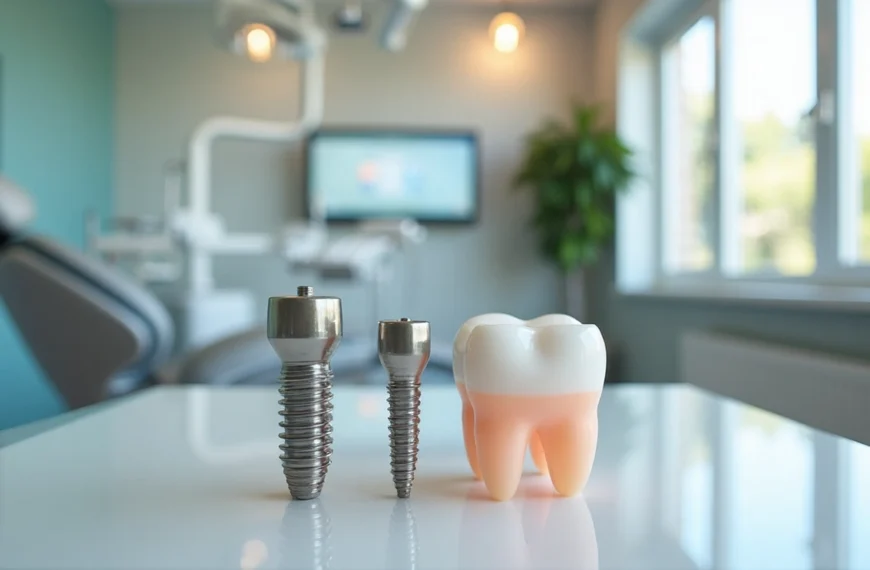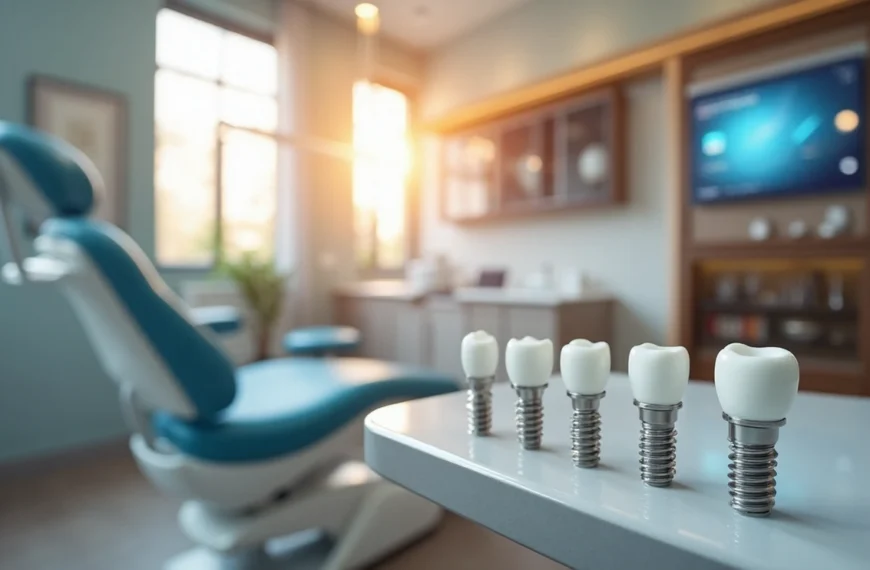Energy efficient windows can cut your heating and cooling costs by 10-25%. Smart homeowners consider them one of the best investments for environmental consciousness. The U.S. Department of Energy reports that windows are responsible for 25-30% of heat loss and gain in homes, which substantially affects energy bills.
The best replacement windows offer more than just good pricing. You need to understand several vital factors to make the right choice. These high-performance windows help you save on utilities and can boost your home’s value by 1-3%. On top of that, they shrink your carbon footprint and make indoor spaces more comfortable. Window prices range from $200 to $1,200 each, so homeowners need solid guidance to spend wisely.
This complete guide gets into what makes windows truly energy efficient in 2025. We highlight top recommendations like Andersen’s 400 Series with Low-E4 glass that blocks 95% of UV rays. You’ll also discover installation secrets and maintenance tips that window professionals don’t often share. These insights help you make the most of your investment without making expensive mistakes.
What Makes a Window Truly Energy Efficient in 2025

Image Source: ResearchGate
Modern windows have evolved beyond simple glass panes into sophisticated energy management systems. The best energy efficient windows in 2025 combine multiple technical features that work together. These features control heat transfer and maintain comfortable indoor temperatures.
Understanding U-Factor, SHGC, and R-Value
We measure window energy efficiency through three key metrics. U-Factor measures how well a window insulates, with ranges from 0.20 to 1.20. The lower the U-Factor, the better the window insulates against heat loss. Windows with U-factor ratings of 0.20 or lower deliver optimal performance in northern climates.
Solar Heat Gain Coefficient (SHGC) shows how much solar radiation passes through the window on a scale of 0 to 1. Lower SHGC values block more heat from sunlight. This makes them perfect for warm southern climates where ratings of 0.23 or lower work best.
R-Value shows resistance to heat flow—the inverse of U-Factor (R=1/U). To cite an instance, a window with a U-factor of 0.25 has an R-value of 4. Windows with the highest R-value provide the best insulation.
Why Low-E Glass and Gas Fills Matter
Low-emissivity (Low-E) coatings are microscopically thin, virtually invisible metal or metallic oxide layers on the glass surface. These coatings reduce energy loss by 30% to 50% compared to regular windows. They reflect heat while letting visible light pass through.
Inert gasses between glass panes create an insulating barrier. Standard half-inch spaces between panes usually contain argon. Krypton works better in narrower quarter-inch gaps. These colorless, odorless gasses reduce heat transfer more effectively than air. Low-E coatings and these gasses team up to handle both cold and warm weather effectively.
The Role of Airtight Seals and Frame Materials
Airtight seals make or break the effectiveness of glass technologies. Quality seals stop drafts, moisture infiltration, and energy loss around window edges. Windows with proper sealing save energy and prevent moisture damage, mold growth, and wood rot.
Frame material choice affects the window’s overall performance. Aluminum lets heat pass faster, while fiberglass and vinyl insulate better. Fiberglass frames excel at energy efficiency because of their low thermal conductivity. Vinyl frames have multiple chambers that trap air and improve insulation. Some manufacturers add extra insulation material to these frames to boost energy performance.
The best insulated windows of 2025 bring all these technologies together. They combine ideal U-factors and SHGC ratings with Low-E coatings, gas fills, quality seals, and insulating frames. This combination delivers maximum energy efficiency for your specific climate zone.
Top 5 Energy Efficient Windows Experts Recommend
Image Source: This Old House
Looking to pick energy-efficient windows for your home? Industry experts agree on certain models that really shine in performance and value. Let’s get into the top five window options that stand out in 2025.
1. Andersen 400 Series – Best Overall Performance
Contractors love the Andersen 400 Series, making it their top recommended clad wood window. These windows come with High-Performance™ Low-E4® glass that keeps heat inside during winter and outside during summer. The wood frames have vinyl exterior protection that resists water and keeps the elements out. You’ll see your energy costs drop by a lot while your home stays comfortable all year.
2. Oknoplast Pixel – Best for Modern Homes
Oknoplast’s Pixel system brings together industrial looks and amazing functionality. These windows hit an impressive thermal transmittance coefficient of 0.75 W/(m²K) and can reach U-values as low as 0.16 W/m²K with triple glazing. The slim 6-chamber profiles and rectangular edges create a clean look and let 22% more natural light flood your rooms. Their sound insulation rating of 38 dB keeps your home peaceful and quiet.
3. Marvin Elevate – Best Insulated Windows
Marvin Elevate windows use their own Ultrex Pultruded Fiberglass that’s tough as nails—41.6 tensile strength, eight times stronger than vinyl and three times stronger than wood or vinyl composites. This material won’t corrode, conduct heat, soften, or melt in harsh weather, making it one of the best insulators among window-frame materials. These Energy Star-certified windows stay stable even in extreme weather.
4. Pella Lifestyle Series – Best for Noise Reduction
Pella Lifestyle Series windows really shine in sound control. Add their sound control package and you’ll cut noise by 52% more than single-pane windows. Pella leads the pack as the first and only window maker in the United States with Quiet Mark Certification. Their triple-pane Ultimate Performance package saves 79% more energy and blocks noise better. These windows are perfect if you live somewhere noisy.
5. Window World 6000 – Best Replacement Windows for the Money
Window World 6000 Series gives you great value for your money. These premium vinyl windows feature triple-pane glass and come Energy Star-certified with SolarZone insulated glass packages. You get argon gas between panes, low-emissivity coatings, and warm-edge spacer systems that stop heat loss and condensation. Prices run from $500 to $1,300 per installed window, giving you solid performance at a reasonable price.
How to Choose the Right Window for Your Home
Image Source: HomeJelly
Homeowners need to look beyond brand names to pick the right energy-efficient windows. The decision depends on specific needs, regional requirements, and long-term value.
Match Windows to Your Climate Zone
ENERGY STAR splits the U.S. into different climate zones, and each zone needs specific types of windows. Windows with a U-Factor of 0.30 or less work best in northern zones. Southern regions need windows that have a Solar Heat Gain Coefficient (SHGC) of 0.27 or lower. You can find your climate zone through ENERGY STAR’s searchable database. Windows with the highest R-value help minimize heat loss in cold areas. Hot climates need windows that block solar radiation well.
Consider Your Home’s Architecture
Your home’s architectural design should guide your window style choices. Single or double-hung windows with standard grille patterns in neutral colors suit Colonial homes best. Double-hung windows paired with casement or awning styles work well for Craftsman bungalows, especially in groups of two or three. Sliding windows and picture windows with clean lines make modern homes stand out, and darker shades like black or bronze look great. Spanish or stucco homes look their best with tall casement windows or arched picture windows in earth tones.
Balancing Budget with Long-Term Savings
Energy-efficient windows pay off over time. ENERGY STAR certified windows help homeowners save $101-$583 each year compared to single-pane windows. These windows qualify for federal tax credits up to 30% of project costs, with a maximum credit of $600. The return on investment reaches 68.5% during resale. This makes window replacement more valuable than many other home improvements.
Understanding Warranty and Lifespan
Different manufacturers offer different warranty terms. Limited Lifetime Warranties usually cover window materials, hardware, and glass options. You should examine warranty details for exclusions, labor coverage, and term length. Transferable warranties add extra value because they pass to future homeowners. The warranty’s resale value makes your home more attractive to buyers. Make sure to compare coverage for installation, glass breakage, and component protection periods before you buy.
What Experts Don’t Tell You About Installation and Maintenance
Homeowners often focus only on window specifications. They don’t realize that proper installation and maintenance at the time determine energy performance. The highest r-value windows won’t perform well if someone installs them incorrectly or neglects them over time.
Why Installation Quality Affects Efficiency
Quality installation creates an airtight, waterproof barrier between your home and the elements. Windows that aren’t installed properly allow thermal bridging—heat transfer pathways that bypass insulation. A tiny 1/8-inch gap around a window frame leaks as much air as a 2.5-inch hole through your wall. Professional installation costs $150-$300 per window. This investment pays for itself through prevented energy losses and water damage prevention. Taking shortcuts during installation cancels out the energy-saving benefits of even the best-insulated windows.
Common Mistakes That Reduce Performance
Several details that compromise window efficiency often go unnoticed. Poor insulation around the frame creates thermal leaks. Bad flashing installation lets water seep in and damage surrounding materials. Wrong window sizing is a big problem—even slight mismeasurements create efficiency-reducing gaps. Windows that aren’t leveled during installation won’t close properly, which creates drafts and shortens their lifespan.
Simple Maintenance Tips to Extend Lifespan
Your windows last longer and perform better with regular maintenance. Look at weatherstripping every year and replace damaged or compressed sections. The tracks and hinges need cleaning twice yearly—apply silicone lubricant to moving parts. Spring is the time to check exterior caulking. Remove any bad sections and reapply as needed. The best replacement windows need special care. Don’t use ammonia-based cleaners on glass because they can damage low-e coatings. A mild soap solution and microfiber cloths work best.
When to Repair vs. Replace
Small problems often need repairs rather than full replacement. Foggy glass panels show seal failure but you can replace individual panels in many cases. However, warped frames, major air leaks, or condensation between panes mean you need new windows. Here’s a good rule: replacement makes more financial sense if repairs cost more than 30% of new windows. Quality windows should last 15-20 years before needing replacement.
Conclusion
Final Thoughts on Energy Efficient Windows
Energy efficient windows are one of the best investments homeowners can make in 2025. This piece shows how these advanced systems control heat transfer, make homes more comfortable, and reduce environmental effects.
The technical specs really matter. Windows with the right U-factors, SHGC ratings, and R-values for your climate zone work best. Low-E coatings and inert gas fills team up to create thermal barriers that cut down energy use by a lot.
You’ll find great options for every need. Andersen’s 400 Series leads in overall performance, and Oknoplast Pixel windows look perfect in modern homes. Marvin Elevate offers top-notch insulation, Pella Lifestyle Series cuts noise, and Window World 6000 gives you the best bang for your buck.
The best windows won’t do their job without proper installation and upkeep. A tiny 1/8-inch gap can wipe out all the benefits of high-performance glass. Professional installation is key to maximize energy savings and avoid damage that can get pricey.
Whatever windows you pick, they do more than just lower your bills. These high-performance units boost your property value, qualify for big tax breaks, and make your living spaces more comfortable. They’re also a real way to shrink your household’s carbon footprint.
Starting a journey toward energy efficiency means thinking about your needs, climate requirements, and home’s style. While it takes some research and money upfront, energy efficient windows pay off big time. The financial savings, better comfort, and environmental benefits make them worth every penny.
FAQs
Q1. What features make windows truly energy efficient in 2025? Energy efficient windows in 2025 combine low U-factors, optimal SHGC ratings, Low-E coatings, inert gas fills, quality seals, and insulating frame materials. These features work together to control heat transfer, reduce energy consumption, and maintain comfortable indoor temperatures.
Q2. How do energy efficient windows impact home value and energy bills? Energy efficient windows can increase home value by 1-3% and reduce heating and cooling costs by 10-25%. They also qualify for federal tax credits of up to 30% of project costs, making them a valuable investment for homeowners.
Q3. Which window brand offers the best noise reduction? The Pella Lifestyle Series stands out for exceptional sound control. With their optional sound control package, these windows can reduce 52% more noise than single-pane windows and are the first to receive Quiet Mark Certification in the United States.
Q4. How important is professional installation for energy efficient windows? Professional installation is crucial for energy efficient windows. Even a small 1/8-inch gap around a window frame can leak as much air as a 2.5-inch hole in your wall. Proper installation ensures an airtight, waterproof barrier that maximizes energy savings and prevents damage.
Q5. What maintenance tips can help extend the lifespan of energy efficient windows? Regular maintenance includes checking and replacing weatherstripping annually, cleaning tracks and hinges twice yearly, inspecting exterior caulking every spring, and using mild soap solutions for cleaning. Avoid ammonia-based cleaners on low-e coatings. These steps can significantly extend the lifespan of your windows.
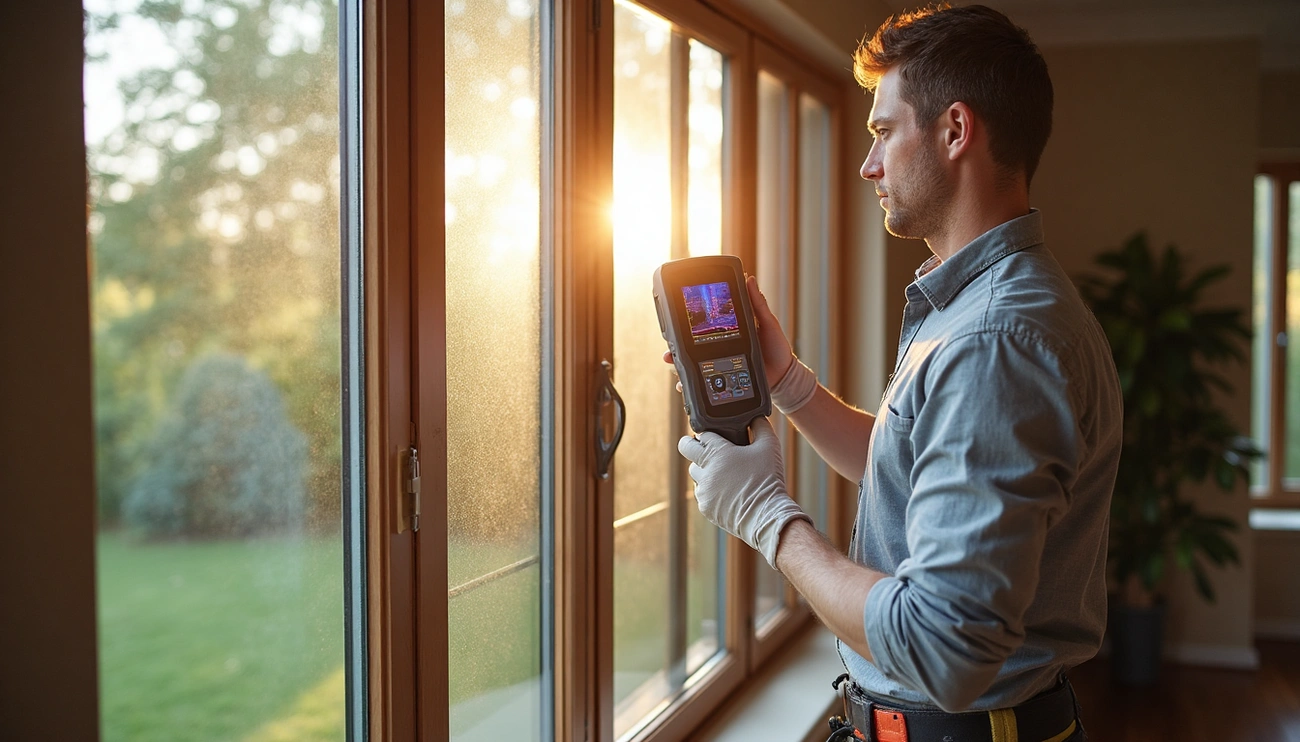

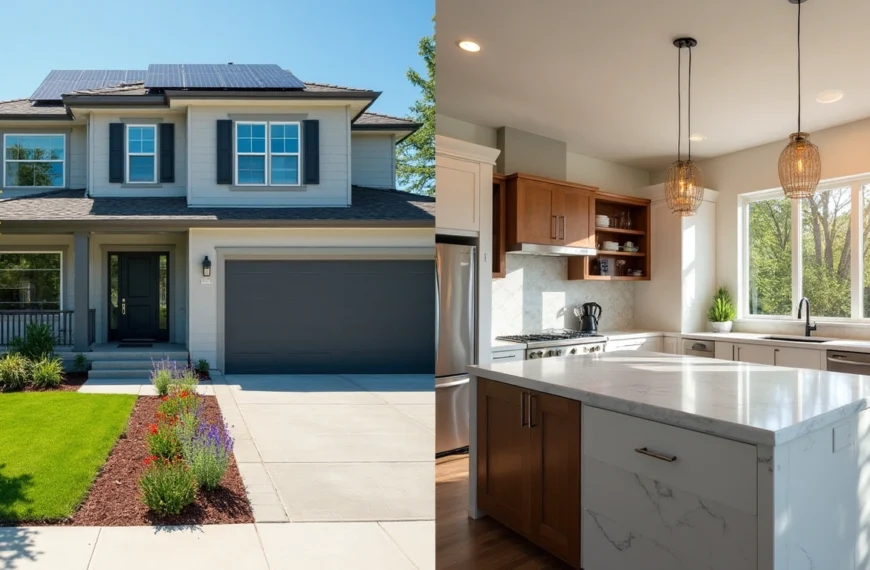
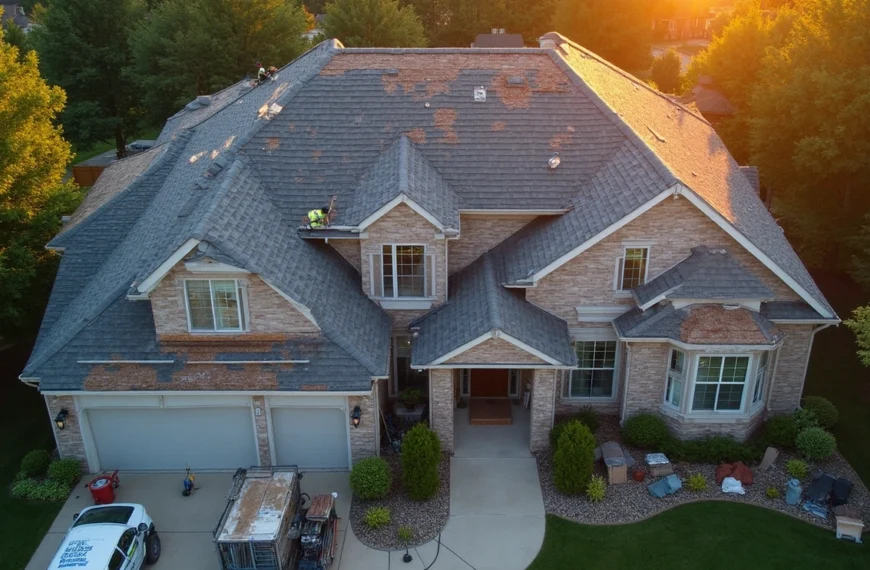
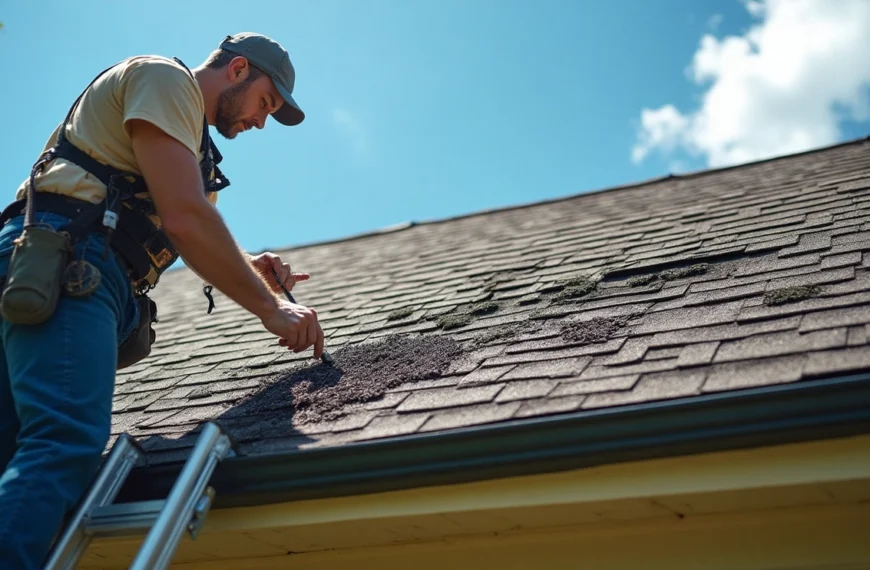








![No Win No Fee Lawyers: The Hidden Truth About Settlement Cuts Legal representation through no win no fee lawyers gives clients a way to fight cases without paying anything upfront. Many clients don't know that these services take a big chunk of money after winning the case. Lawyers usually take 25% to 40% of what you win as their contingency fee. The amount lawyers take from settlements can add up fast. A $100,000 settlement means your attorney gets $30,000 if they charge a 30% fee after winning your case. Your solicitor's cut might be £10,000 from a £30,000 compensation award, based on your agreement percentage. This payment model stays pretty much the same for no win no fee lawyers in different places, though percentages can change. This piece breaks down what you need to know about contingency fee deals. You'll learn about standard fee ranges, extra costs beyond the basic fee, and times when this payment setup might not work in your favor. Smart clients should think over these money matters before signing up with a lawyer to make better choices about their legal help. What No-Win No-Fee Really Means Image Source: Express Legal Funding A no-win no-fee arrangement, also called a Conditional Fee Agreement, changes the way people get legal help. This payment approach removes the need to pay legal fees upfront and creates a partnership between clients and their attorneys. How contingency fees work No-win no-fee agreements are based on contingency fees. Lawyers get paid only when they win compensation for their clients. Most lawyers take between 25% and 40% of the final amount, based on how complex the case is and where it's filed. Lawyers take their cut after winning the case. To name just one example, see a case where a lawyer wins £30,000 in compensation with a 33% fee - they would receive £10,000. On top of that, some law firms use sliding scales where they charge less for quick settlements and more if the case goes to trial. The law requires a written agreement before any work starts. This paperwork spells out the lawyer's percentage, what costs you'll need to cover, and other key details. What happens if you lose the case The meaning behind "no-win no-fee" is clear - losing your case means you won't pay your lawyer anything. All the same, you should know about a few money-related details. You won't owe your lawyer when you lose, but some deals might make you pay for court fees, expert witnesses, or other case expenses. The other side could also ask you to pay their legal costs. Many lawyers suggest getting "After Event" insurance to protect their clients. These policies cover any costs if you lose your case, which makes the no-win no-fee setup much safer. Why lawyers offer this model Lawyers want to make legal help available to more people, so they offer these payment plans. This setup helps people who don't have much money take legal action when they have valid claims. The payment structure motivates lawyers to work hard. They only get paid by winning cases, which pushes them to get the best results possible. Lawyers carefully assess each case before taking it on a no-win no-fee basis. They usually accept cases that have a good chance of winning, since they put in lots of time and resources without any guaranteed payment. The Real Cost: How Much Do Lawyers Take from a Settlement Image Source: Greiner Law Corp. The true cost of no-win no-fee legal representation becomes clear once we look at contingency fees. Many clients feel surprised to see a big chunk of their settlement checks going to their attorney's fees. Typical percentage ranges (25%–40%) No win no fee lawyers typically ask for 25% to 40% of the total settlement amount. Personal injury attorneys usually take 33.3% (one-third) of the awarded compensation[101]. Lawyers and clients agree on this percentage before any work starts on the case. Several factors shape the final percentage. Your chances of winning, case complexity, and the work to be done play key roles in determining the attorney's cut. Some areas have laws that cap the maximum contingency fees for specific types of cases. Sliding scale based on case complexity Law firms often use a tiered fee system that changes with the case stage and complexity. This scale rewards quick settlements while paying attorneys fairly if more work becomes needed. The fee might start at 30% if the case settles before lawsuit filing. This number could climb to 35% after filing or reach 40% if the case goes to trial. Law firms often group cases by complexity: 10%-20%: Simple cases with straightforward settlements 25%-35%: Typical personal injury cases 35% and above: Complex cases requiring extensive resources Examples of payout breakdowns These ground examples show how fees affect settlements: A $15,000 settlement with a 33.3% contingency fee.pdf) puts $5,000 in the attorney's pocket, leaving $10,000 for the client. Similarly, from a $100,000 settlement with a 33% fee, the attorney gets $33,000 while the client receives $67,000[102]. Complex cases tell a different story. A $100,000 settlement with a 30% fee plus $5,000 in extra costs leaves $65,000 for the client after all deductions. These fees substantially change the client's final payout. Hidden Costs You Might Not Expect Image Source: Nelson Personal Injury Lawyers Beyond percentage-based fees, clients often feel surprised by extra costs that can reduce their final compensation by a lot. These hidden costs show up in the fine print of no-win no-fee agreements. You should think over these details before signing. Court filing and expert witness fees Legal proceedings come with unavoidable court filing fees. These charges differ by jurisdiction. They usually range from $30 for small claims to several hundred dollars for complex civil lawsuits. Expert witnesses can be expensive, with hourly rates ranging from $150 to $1,000 based on their credentials and testimony complexity. Expert witnesses charge more for court appearances than consultation work because of added pressure and prep time. Clients might still need to pay experts for their prep work even if the case settles before trial. Medical report and investigation costs Medical documentation is a vital part of many legal claims. These costs include fees to release medical records, create specialized reports, and prepare documents. Investigation costs cover evidence gathering, police reports, witness interviews, and other fact-finding work needed to build a strong case. Of course, some firms say they'll cover these expenses upfront, but clients don't completely avoid these costs. When these costs are deducted from your compensation Law firms take these expenses from the settlement amount before they calculate their percentage fee, though each firm handles this differently. Some lawyers subtract these costs after figuring out their contingency fee, which changes how much money clients end up with. Most firms pay case-related costs during the process and get their money back from the settlement. The defendant usually pays most simple legal costs and disbursements in successful cases, but not always everything. Insurance protects clients from costs in unsuccessful claims at many law firms, but this protection isn't guaranteed. Clients should review their agreements carefully since they might still need to pay specific expenses even if they lose their case. When No-Win No-Fee Might Not Be the Best Option Contingency fee arrangements give many people access to justice. However, this payment model doesn't always work in a client's best interests. Knowing these limitations helps clients make better decisions about their legal representation. Cases with unclear liability Lawyer no win no fee arrangements work best in cases where fault is clear. We assessed the probability of success before taking contingency cases. Lawyers might turn down cases if there isn't enough evidence of the other party's negligence or if liability isn't certain. Cases with multiple responsible parties create more challenges. The situation gets complicated fast when several parties share liability. Lawyers are less likely to take these cases on contingency. They need to be confident they can prove the other party's negligence before accepting a case. Low-damage or low-payout claims Small claims often don't work well with the contingency model, even with real injuries. Cases that have minimal injuries or limited financial damages might not bring enough compensation to cover legal costs. The potential settlement needs to be big enough to pay for investigations, witness interviews and court fees. Personal injury lawyers often turn down cases where the "compensation potential" is too small. This doesn't mean the claim isn't valid - it just means the economics don't add up for a contingency arrangement. Situations where hourly billing may be better Hourly billing has clear advantages in certain cases. Clients see exactly what they're paying for - every hour worked and task completed. This model works well for cases that need lots of attention but don't have clear financial outcomes. Complex litigation with opposing parties works better with hourly billing and a retainer fee. Clients have more control over their case and don't feel pressured to settle quickly. Cases that need extensive preparation but have uncertain outcomes fit the hourly model better. Lawyers can spend the time needed without worrying about contingency limits. This approach often leads to better representation, especially for complex legal issues that need special expertise. Conclusion Understanding the Full Picture Before You Sign No-win no-fee arrangements offer legal representation without upfront costs. Of course, this seems attractive at first glance. In spite of that, you need to think about how these agreements can affect your final compensation. Legal fees usually range from 25% to 40% of your settlement - but that's just the start. You'll face more deductions like court filing fees, expert witness costs, and charges for medical documentation. What looks like a "free" service ends up taking a big chunk of your compensation to cover legal expenses. These arrangements work best in specific situations - cases with obvious liability, substantial damages, and solid evidence. If you have a low-value claim or complex liability issues, traditional hourly billing might serve you better. Without doubt, you should ask for clear explanations of all possible costs before signing anything. Read the fine print closely, especially when you have to deal with expenses in unsuccessful cases. Ask to see sample settlement breakdowns that show all deductions. This helps you picture what you might actually take home. Your choice to go with a no-win no-fee arrangement depends on your situation. This model helps if you don't have money to pursue valid claims. But if you have a strong case and enough funds, other fee structures might let you keep more of your compensation. Whatever payment model you choose, knowing exactly how much lawyers take from settlements helps you make better decisions. This knowledge lets you approach legal representation with real expectations and better control over your money. FAQs Q1. What percentage of a settlement do no-win no-fee lawyers typically take? No-win no-fee lawyers typically charge between 25% to 40% of the final settlement amount as their contingency fee. The exact percentage often depends on the complexity of the case and the stage at which it is resolved. Q2. Are there any hidden costs in no-win no-fee arrangements? Yes, there can be additional costs beyond the lawyer's percentage fee. These may include court filing fees, expert witness costs, medical report expenses, and investigation costs. These expenses are usually deducted from the settlement amount before or after the lawyer's fee is calculated. Q3. What happens if I lose my case in a no-win no-fee arrangement? If you lose your case, you generally won't have to pay your lawyer's fees. However, you might still be responsible for certain expenses like court costs or the opposing party's legal fees. Many lawyers offer insurance to protect clients from these potential costs in case of an unsuccessful claim. Q4. When might a no-win no-fee arrangement not be the best option? No-win no-fee arrangements may not be ideal for cases with unclear liability, low-value claims, or complex legal issues requiring extensive preparation. In these situations, traditional hourly billing might be more appropriate and potentially more cost-effective for the client. Q5. Can I negotiate the percentage a lawyer takes from my settlement? Yes, the contingency fee percentage is often negotiable. It's typically agreed upon and formalized in writing before the lawyer begins working on your case. Don't hesitate to discuss the fee structure with your lawyer and ask for a detailed breakdown of potential costs and deductions.](https://consumersweek.com/wp-content/uploads/2025/06/No-Win-No-Fee-Lawyers-The-Hidden-Truth-About-Settlement-Cuts-870x570.webp)
